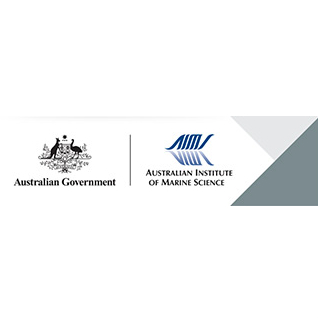Brief description
This project compiled marine turtle satellite tracking data for four species: green (Chelonia mydas, n=126), flatback (Natator depressus, n=164), hawksbill (Eretmochelys imbricata, n=59) and olive ridley (Lepidochelys olivacea, n=27) turtles, as well as a comprehensive dataset of modelled benthic habitat data from Northern Australia. Tracking data were used to build species-level movement network models to identify connectivity among Australian Marine Parks (AMPs), Indigenous Protected Areas (IPAs) and State Marine Protected Areas (MPAs) across the North and North-West Marine Regions. Tracking datasets were further processed to classify foraging behaviour and quantify foraging activity spaces. Foraging activity spaces were then overlayed with existing modelled benthic habitats using local entropy analysis to assess how well turtle foraging spaces can be used to identify benthic habitats.Lineage
Maintenance and Update Frequency: notPlannedNotes
CreditParks Australia
Modified: 17 10 2024
text: westlimit=110.91796875000001; southlimit=-26.509904531413927; eastlimit=142.99804687500003; northlimit=-6.402648405963884
Foraging activity space of tracked Olive Ridley Turtles
Foraging activity space of tracked Flatback Turtles
Results of Local Entropy analysis for Turtle Tracking data overlapping benthic habitat data
Final project report
Foraging activity space of tracked Green Turtles
Foraging activity space of tracked Hawksbill turtle
- global : 345d509e-97af-49de-a8ef-82c8b5856c22


